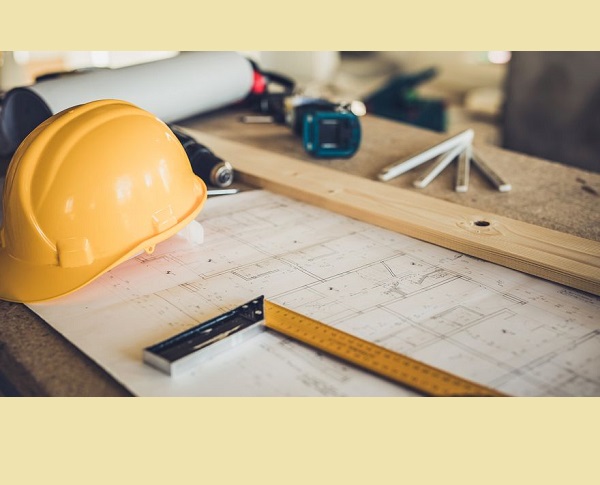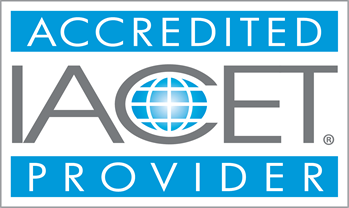Price: $29.99
Supported Scaffold Supervisor Training
Our Supported Scaffold Training provides you with the information and skills essential to guarantee the safe usage of supported scaffolds. Safety is the first priority in the construction sector. Although supported scaffolds are an essential tool, using them incorrectly can result in dangerous incidents. With the help of this extensive curriculum, supervisors can become competent individuals—a crucial responsibility required by OSHA standards.
Course Modules - (20)
This course meets the educational requirements for federal OSHA Scaffold Standard training.
What You’ll Learn
Our training goes beyond the basics, providing in-depth instruction on all aspects of supported scaffold training, empowering supervisors to:
Safeguard Employees
You have the ability to drastically lower the risk of injuries on your job sites. It helps you to learn typical supported scaffold dangers and putting appropriate fall prevention methods into practice.
Boost Productivity
Supervisors can ensure projects completion on time and avoid downtime by using appropriate scaffold inspection techniques. They have an in-depth understanding of safe assembly processes.
Learning Outcomes:
- Course attendees will gain a keen understanding of scaffolding setup, usage, and take down as per OSHA recommended best practices.
Completion Requirements:
- 100% appearance for the course
- Fully involvement in all class trainings (determined by instructor)
- Completion of Continuing Education and Training Registration Form
- Completion of mandatory quiz assessments
- As applicable, attainment of least passing score on required end-of-course examination
- Participation and submittal of end-of-course assessment form (must provide name on form to obtain credit)


